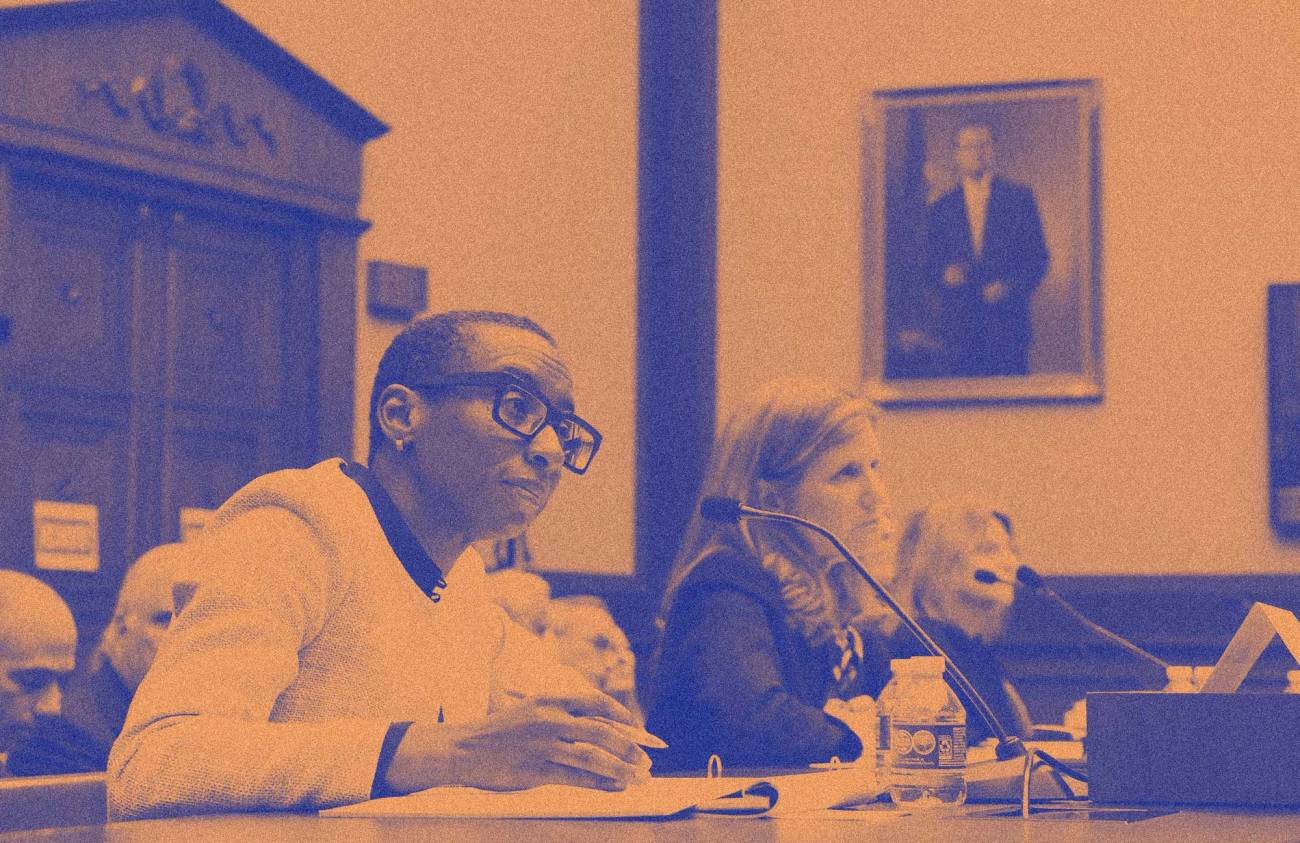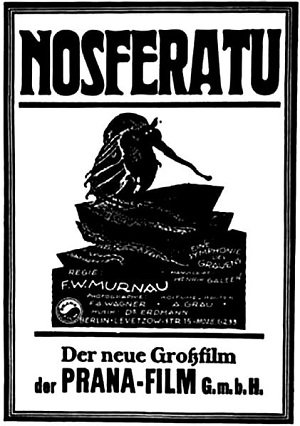
 Ismail Al Ghoul – studium przypadku przekłamań zachodnich mediów
Ismail Al Ghoul – studium przypadku przekłamań zachodnich mediów
David Collier Tłumaczenie: Małgorzata Koraszewska
W poniedziałek 18 marca Izrael aresztował „dziennikarza” Al Dżaziry, Ismaila Al Ghoula. Jak zwykle nie wszystko było takie, jakim się wydawało.
Upadek uczciwości mediów
Od 7 października jesteśmy świadkami całkowitego załamania jakości i uczciwości relacji zachodnich mediów na temat Izraela. Media nigdy nie traktowały Izraela sprawiedliwie, ale od czasu ataku Hamasu wiele najsłynniejszych marek medialnych na świecie osiągnęło zupełnie nowy poziom toksyczności.
W rzeczywistości media głównego nurtu zostały przyłapane na kłamstwach tak wiele razy, że zaczęły się bronić, obwiniając Izrael – sugerując, że dzieje się tak dlatego, że Izrael ich nie wpuszcza. Jest to nonsensowne twierdzenie, biorąc pod uwagę, że pod koniec listopada BBC zabrała własnego człowieka z Gazy ze względu na jego „bezpieczeństwo”.
A w każdym razie, jeśli ja mogę przeprowadzić badania w Londynie i dowiedzieć się, że ludzie udający dziennikarzy w Gazie pracują dla Hamasu lub IRGC – to samo jest w stanie zrobić BBC, CNN, NYT i Sky News.
Fatalna jakość informowania nie wynika z braku dostępu. Wynika z całkowitej obojętności na kłamstwa Palestyńczyków, która trwa od dziesięcioleci. Palestyńczycy dawno temu nauczyli się, że mogą mówić, co im się podoba, a ich słowa trafią na pierwsze strony gazet na całym świecie i nikt nie będzie ich pytał o dowody.
Członkowie Hamasu muszą jedynie założyć kamizelkę z napisen „Prasa”, by otrzymać możliwość prezentowania propagandy Hamasu na żywo w BBC lub Sky News. Ta kultura oszustwa definiuje nie tylko palestyńskie doświadczenia z zachodnią prasą i politykami, ale także sposób, w jaki ewoluowało społeczeństwo palestyńskie. To, co widzicie dzisiaj, jest wynikiem społeczeństwa, które nigdy nie było zmuszone stawić czoła własnym niepowodzeniom. Zbyt wielu na Zachodzie z radością przyjmuje możliwość udzielenia pomocy Palestyńczykom w szerzeniu oszczerstw i obwinianiu Izraela o absolutnie wszystko.
W rezultacie nic, co widzimy na ekranie z Gazy, nie jest wiarygodne. W tym tygodniu otrzymaliśmy kolejny doskonały przykład aresztowania dziennikarza Al Dżaziry, Ismaila Al Ghoula.
Wiadomość o aresztowaniu dziennikarza
Wczesnym rankiem w poniedziałek IDF ponownie wkroczyły do szpitala Szifa. Hamas przegrupował tam swoje siły – ukrywając się wśród cywilów i pacjentów.
W poniedziałkowe popołudnie krążyły zwykłe historie propagandowe Hamasu. Pojawiła się także wiadomość o aresztowaniu dziennikarza Al Jazeery Ismaila Al Ghoula. Według pierwszych doniesień został „brutalnie pobity” i „zabrany w nieznane miejsce”:

W ciągu godziny kanał propagandowy Hamasu, QNN, zamieścił na ten temat post, a piętnaście minut później katarski rzecznik Middle East Eye poszedł w jego ślady.
O 13:14 Międzynarodowa Federacja Dziennikarzy opublikowała relację wraz z twierdzeniem, że został dotkliwie pobity. Kilka godzin później tę wiadomość opublikował także Komitet Ochrony Dziennikarzy.

Al Ghoul został zwolniony około 12 godzin po aresztowaniu. Oto jego zdjęcie (po lewej na zdjęciu) następnego dnia – 24 godziny po tym, jak został „brutalnie pobity”:

Ismail Al Ghoul – natychmiastowe wątpliwości
Zajęło mi około dwóch minut, zanim zauważyłem coś podejrzanego w Ismailu Al-Ghoulu. Jego konto X zostało utworzone w styczniu 2024 r. Jego konto na Instagramie pojawiło się 28 listopada, a jego strona na Facebooku powstała 17 grudnia.
W ciągu kilku dni od jego oddelegowania jako dziennikarza Al Dżaziry wygłaszał skandaliczne twierdzenia – takie jak to – gdzie twierdził, że Izrael wyrzucił kobietę przez okno, a następnie dokonał na niej egzekucji na oczach jej rodziny:

Na znak tego, jak nisko stoczyły się relacje medialne na temat tego konfliktu, nagrania zrobione przez Al Ghoula znalazły się w raportach na temat konfliktu w BBC, NYT i Le Monde. Należał także do zespołu propagandowego w Al Szifa, który w listopadzie donosił o rzekomo dziejących się tam „masakrach”.
Jednak żadne z tych mediów głównego nurtu nie kwestionowało tego, kim był ten człowiek na dzień przed tym, jak stał się nową twarzą w Al Dzazirze. Wszyscy po prostu opublikowali historię jego aresztowania.
Poznaj Ismaila Al Ghoula
Zanim otrzymał plakietkę Al Dżaziry, Ismail Al Ghoul zamieścił następujący post:

Opublikowany 20 listopada 2021 r. post święci zamordowanie Eliyahu Davida Kaya, który został zastrzelony w Jerozolimie. W poście Al. GHoul oddawał cześć Jerozolimie, która stawia opór.
Z jego starego konta na Twitterze można wyczytać, że pracował dla gazet kierowanych przez Hamas, takich jak Felesteen i Al Resalah. Nawet AP zdelegalizowała oba te media ze względu na ich przynależność do Hamasu.

Zamieszczał także nieustannie wyrazy poparcia dla terroryzmu i śmierci izraelskiej ludności cywilnej. W tym przykładzie celebruje morderstwo cywilów, którzy zginęli podczas ataku rakietowego 11 maja 2021 r.:

Al Ghoul wielbi także Jahję Sinwara, przywódcę Hamasu:

W następnym przykładzie Al Ghoul „pamięta” i oddaje cześć sześciu terrorystom Hamasu, którzy zginęli w „wypadku przy pracy” (przy obsłudze materiałów wybuchowych) 5 maja 2018 r.

Obchodzi święto Eid, przez pochwałę ataków rakietowych na Izrael.

A tutaj gloryfikuje bojówkarzy Hamasu podczas parady Kasam:

Nie ja jeden zauważyłem podejrzane działania. Zrobił to także inny detektyw, Eitan Fischberger, a jego wątek na X zawiera kilka innych zdjęć – w tym to przedstawiające klasyczny antysemityzm „Żydzi jako wirus”:

Jak to zawsze bywa w przypadku odrobiny zainteresowania, kiedy zdejmiesz kamizelkę z napisem „Prasa”, zobaczysz zwolennika Hamasu, który tańczy, gdy rozlewa się krew żydowskich cywilów.
Złowrogość
To także przypomnienie, jak złowroga jest Al Dżazira. Historia Ismaila Al Ghoula została celowo wyczyszczona, aby stworzyć nową, czystą twarz. I cały świat się na to nabrał. I oczywiście, że to ma znaczenie. Jeśli Ismail Al Ghoul ma powiązania z Hamasem – dlaczego, u licha, IDF nie miało zabrać go na przesłuchanie?
Kiedy Al Jazeera zatrudniła Ismaila Al Ghoula – wszystkie jego stare konta były publicznie dostępne. Co było w jego CV, co sprawiło, że Al Dżazira go zatrudniła – wsparcie dla terroryzmu? Powiązania z Hamasem?
I nawet dzisiaj dowód ten jest łatwy do znalezienia, jeśli WYBIERASZ szukanie. Należy więc zadać pytanie – dlaczego, u licha, ŻADEN DZIENNIKARZ w ŻADNYM z mediów głównego nurtu nie prowadzi takich badań?
David Collier jest brytyjskim badaczem i blogerem torpiącym antysemityzm w mediach i organizacjach.
Zawartość publikowanych artykułów i materiałów nie reprezentuje poglądów ani opinii Reunion’68,
ani też webmastera Blogu Reunion’68, chyba ze jest to wyraźnie zaznaczone.
Twoje uwagi, linki, własne artykuły lub wiadomości prześlij na adres:
webmaster@reunion68.com









